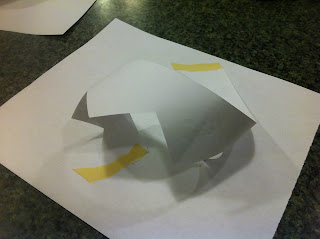Sorry to be absent today- Here is the handout for the homework... and some example images.
HERE is a sample, using a 12 box grid.... see how the images change?
More examples with a grid...
Here is a painting using the same GRID and REPETITION idea..... by DAVID HOCKNEY
 |
| David Hockney, "Woldgate Woods, 26, 27 & 30 July 2006" |
No grid here, but wonderful use of repetition and variation.... by
 | |
| by Vasilj Godzh |





































































